
Mali is one of the most interesting and visually appealing countries in Africa. It was part of the ancient Saharan trade route for gold, ivory and salt and has been an Islamic learning center for almost a thousand years.
There are two world class places and at least dozen smaller, interesting ones, that should not be missed. Mali has the largest mud brick building in the world, in the Mosque in Djenne (above), and the 80 miles of villages carved into the cliffs in the Dogon area. Djenne Mosque has been continuously rebuilt since 1100 AD and they "re-mud" the mosque every spring in a 5 mile long bucket brigade from the closest river.
There are two world class places and at least dozen smaller, interesting ones, that should not be missed. Mali has the largest mud brick building in the world, in the Mosque in Djenne (above), and the 80 miles of villages carved into the cliffs in the Dogon area. Djenne Mosque has been continuously rebuilt since 1100 AD and they "re-mud" the mosque every spring in a 5 mile long bucket brigade from the closest river.
The Dogon live in Bandiagara in central Mali and are an animist tribe that celebrates most events from funerals to weddings, with colorful and extravagant mask dances.

Mask dancers perform at the funeral of an older man who died earlier in the week and several entire villages turned out.

The cliff houses are also used to store grain, keep the remains of ancestors and are reminiscent of the ancient Anasazi cliff dwellings in the Southwest US like Mesa Verde.
Other stilted mask dancers take a break from the fairly tiring ritual. The dances can go on for more than an hour and are an exceptional thing to see and photograph.
Timbuktu is also in Mali and one of our least favorite places we have travelled to because of all of the rip off artists and scammers. You can sandboard some of the dunes there though they are nowhere near as large or good as those in Morocco and Namibia. The sands of the Sahara blow through it constantly causing the locals to say that "the second most popular spice in Timbuktu food is sand".
Best Time to Go to Mali: December to February in the cooler winter months, though the "re-mudding" of the mosque in the spring is great.
How Long to Stay in Mali: It is a rich place so stay at least 6-10 days.
General Costs for Mali: Medium to high because there is not much travel infrastructure
What To Do in Mali: Visit the Dogon villages for 3-4 days, Djenne Mosque area for 2 days, River life and the market in Mopti
UNESCO World Heritage Site? Yes - Both the Dogon and Djenne Mosque are listed
Weather in Mali: Very Hot!
Language: French officially, but most speak several of the 20 local African languages
UNESCO World Heritage Site? Yes - Both the Dogon and Djenne Mosque are listed
Weather in Mali: Very Hot!
Language: French officially, but most speak several of the 20 local African languages
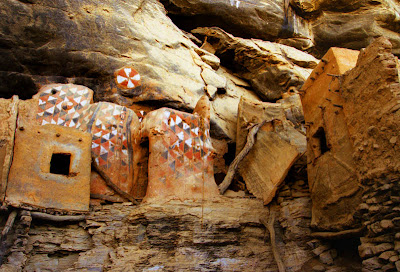



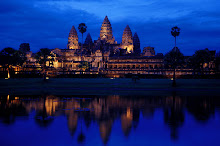
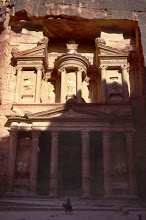

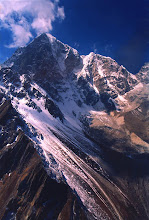


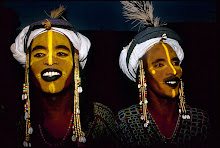

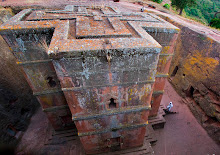
No comments:
Post a Comment